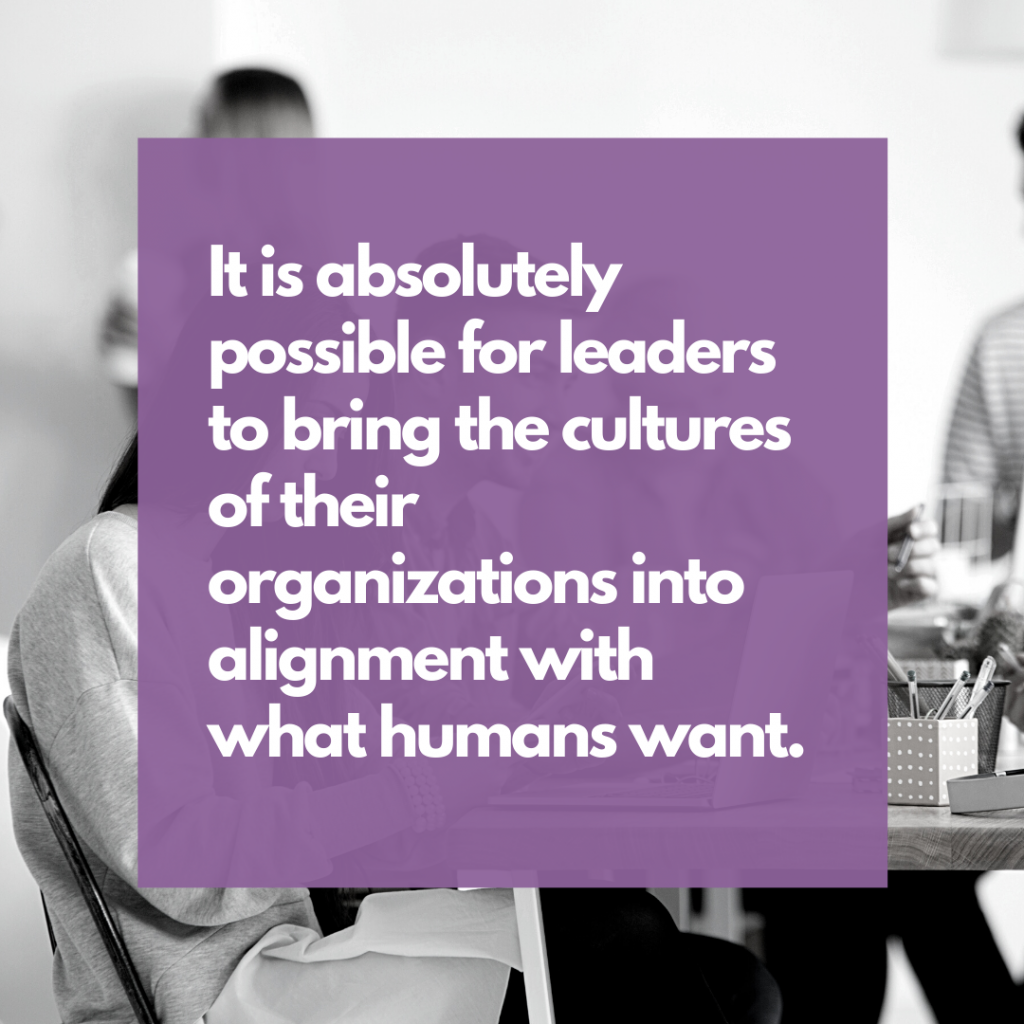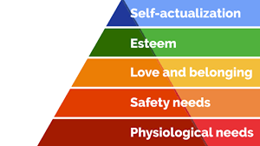Do you ever wonder what your employees really want, or what they really NEED, when it comes to feeling engaged and productive at work? As a leader of people, you care (sometimes it might feel like too much) about them, but sometimes you struggle with understanding them. And if you don’t know what’s driving them, you can’t help them fulfill it.
Becoming a successful leader requires understanding the science of human behavior, which enables you to tap into the drivers that are already there. This isn’t something we’re “taught” – in traditional business courses, or in life, in general. We’ve designed a digital course that will help your leadership team unlearn outdated and ineffective concepts to manage people problems, and develop genuine skills and knowledge to transform human performance and maximize results. If you’re interested in learning more, click here to book a call!
Theory X and Theory Y
Let’s take a ride on the way-back machine to understand where all of this is coming from. Have you ever heard of Theory X and Theory Y of management? Years ago, most managers subscribed to what Douglas McGregor calls Theory X of management. Theory X of management assumes that people don’t enjoy working, and they, therefore, need to be pressured and controlled into achieving organizational goals. This resulted in roles that were designed with a very narrow scope, managers who literally and metaphorically peered over the shoulders of the workers, and essentially treated them like robots or small children. Theory Y, in contrast, assumes a much more positive opinion about humans, both in terms of their motivation as well as what they are capable of accomplishing.
Organizational psychologist Chris Argyris extended this theory of human motivation by applying it to management behavior. Argyris argued that holding assumptions consistent with Theory X created a conflict with a mature human personality and instead urged leaders to design organizations that support employees as they grow. He asserts that leaders can actually get the most out of the people in the organization when they assume that people enjoy work, will accept responsibility, will work hard to achieve a goal they accept, are inherently creative and are motivated by the desire to realize their own potential.
Sounds great, right?
But what does it mean to you as a manager of people today? Being able to tap into some of the most fundamental motivations as humans is a key way to fix the incongruence that Argyris described in his work. It is absolutely possible for leaders to bring the cultures of their organizations into alignment with what humans want.
So what do humans really want – or “need” – in order to perform at their best?
Psychological Human Needs
Here at Gallaher Edge, we often say that organizations are just groups of people. Another perspective is that organizations exist to serve human needs. This is certainly true from a customer or client perspective. An organization serves its customers, who are humans in some role or position where they offer a product or service to fulfill something that a human seeks.
But what about serving the needs of the humans within the organization?
Maslow’s Hierarchy of Needs
Let’s take a look at the word “need” for a moment. You’re probably aware of Maslow’s hierarchy of needs, as many of us learned about it in a psychology 101 class. If you’re not, the summary of Maslow’s hierarchy is that at the base level of needs, we focus on surviving with physiological needs and safety. But these physiological needs are not what we’re referring to.
After these two base levels are met, Maslow posits that we then move onto fulfilling needs that are more of a social nature. These “social needs” comprise our focus when we refer to psychological human needs.
The Basic Psychological Needs Theory (BPNT) posits that there are fundamental requirements for humans to be well-adjusted and have overall well-being. While the absence of these psychological needs may not cause imminent death like an absence of food or water, an absence of fundamental psychological needs creates a higher risk of ill-being. For example, having a lower quality of relationships, higher stress, and less happiness (Bartholomew et al 2011, Ryan et al. 2016) can negatively impact physiological needs through poor eating habits, sleep deprivation, and higher blood pressure.

While Maslow specifically highlights physical safety in his model, he only implies psychological safety as a human need. According to Amy Edmonson, psychological safety is defined as a belief that one will not be punished or humiliated for speaking up with ideas, questions, concerns or mistakes. The Columbia tragedy is a powerful example of what can happen if psychological safety is not high enough to give people the confidence to speak loudly and confidently through dissenting opinions and multiple layers of management. For our purposes, we pay attention to the drivers that contribute to the same desire for psychological safety, which is how we can get the most out of people.
Additionally, there is a whole branch of psychology that examines how we may be able to explain human behavior on the basis of how we have evolved as a species, called evolutionary psychology. Evolutionary psychology is built on an implicit assumption that social behavior between humans serves a function. At the most basic level, it’s reproductive, however evolutionary psychologists posit that it extends beyond that.
For example, you’ve probably heard the phrase “It takes a village” when referring to raising children. Even conceptually, imagine thousands of years ago, having a newborn baby and simultaneously hunting for food. This is overly simplistic, but it’s far too much for any one person to truly do on their own and not only survive but thrive. In fact, when you compare people in groups with high interdependence and high cooperation, they are more fit to survive than those who are solitary.
Additionally, this perspective supports the notion that these drivers are truly inherent and run deeper than any individual differences when it comes to age, gender, ethnicity, or personality.
This suggests that humans are very motivated, or driven, to fulfill these psychological and social needs, and for that reason, we call them “Drivers.”
The Drivers
In the context of organizations, there are four fundamental human Drivers: growth, belonging, connection and identity. When leaders design their cultures in such a way that these human needs are met, they can tap into these intrinsic drivers to create an effective culture. Over the coming weeks, we’ll dive deeply into each of these Drivers, and we’ll help you discover how to create a more fulfilling organizational culture. We know how to help leaders level up and truly impact team performance on a profound level. If you’re ready to maximize the potential of your leadership teams, book a call with us to find out about our new digital course, Digital Leadership Catalyst!
Up Next:
Ready to take your leadership to the next level? Get your FREE copy of my eBook, Level Up: 3 Steps to Be a Better Leader – Click here to download!



